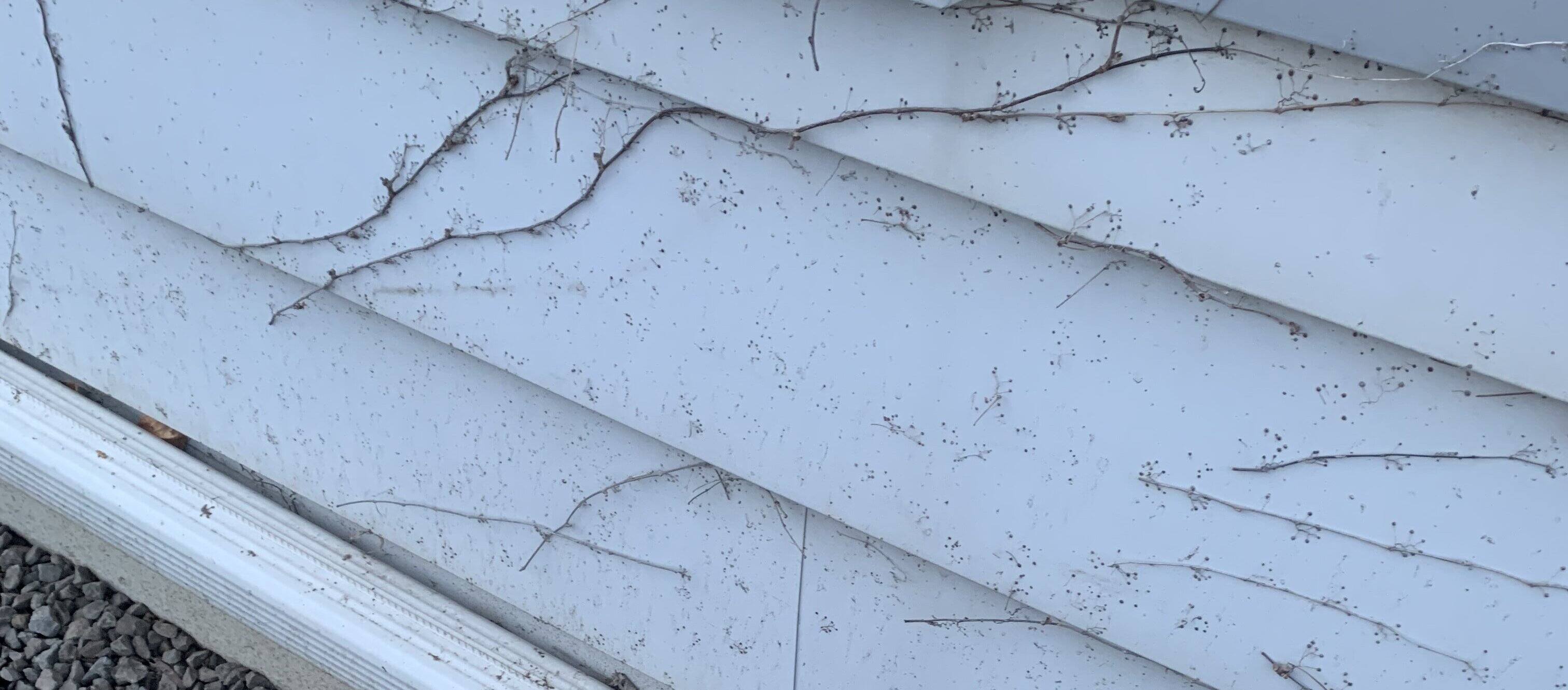

Articles
How To Remove Vine Marks From Siding
Modified: May 6, 2024
Learn effective ways to remove vine marks from siding in this informative article. Discover expert tips and techniques for restoring the appearance of your home's exterior.
(Many of the links in this article redirect to a specific reviewed product. Your purchase of these products through affiliate links helps to generate commission for Storables.com, at no extra cost. Learn more)
Introduction
Vine marks can be an unsightly nuisance on the siding of your home. Whether it’s creeping vines, ivy, or other plant growth, the stains left behind can detract from the beauty of your exterior. However, removing these vine marks doesn’t have to be a daunting task. With a few simple steps and the right tools, you can easily restore your siding to its original condition.
In this article, we will guide you through the process of removing vine marks from your siding, ensuring that your home looks clean and inviting once again. We will also discuss alternative methods for removing these marks and provide tips on preventing future vine growth.
Key Takeaways:
- Safely and effectively remove vine marks from siding by assessing severity, using proper tools, and following step-by-step cleaning methods. Prioritize safety and preventive measures to maintain a vibrant exterior.
- Prevent future vine growth on siding through regular maintenance, trimming vegetation, and applying repellents. By taking proactive steps, you can minimize the need for frequent cleaning and protect your home’s exterior.
Read more: How To Remove Vines From Stucco
Understanding Vine Marks on Siding
Vine marks on siding occur when creeping vines or other plants attach themselves to the surface of the siding and leave behind stains or residue. These marks can be particularly stubborn and difficult to remove if left unattended for a long period of time. Understanding the nature of vine marks is crucial in effectively addressing the issue.
When vines come into contact with siding, they tend to cling to the surface through the use of small hooks or tendrils. As the vines grow, they can secrete a sticky substance called sap or resin, which can further adhere to the siding and cause staining. Over time, the accumulation of this sap can result in dark, discoloration marks that mar the appearance of your siding.
The severity of the vine marks can vary greatly depending on factors such as the type of siding material, the duration of exposure, and the type of vine or plant involved. Some vine marks may simply be surface-level stains, while others may penetrate deeper into the siding, making them more challenging to remove.
It’s important to note that aside from the visual impact, vine marks can also have long-term effects on the integrity of your siding. The sap and vines can trap moisture against the surface, leading to the growth of mold, mildew, or even structural damage if left unaddressed.
By understanding the nature of vine marks on siding, you can approach their removal in a strategic and effective manner, ensuring that you not only restore the visual appeal of your siding but also safeguard its longevity and durability.
Assessing the Severity of Vine Marks
Before starting the process of removing vine marks from your siding, it’s important to assess the severity of the stains. This evaluation will help determine the appropriate methods and tools needed for effective removal.
Begin by closely inspecting the affected areas of your siding. Look for signs of discoloration, residue, or any other visible marks left by the vines. Consider the size, depth, and extent of the marks, as well as the type of siding material.
Surface-level vine marks that are relatively fresh and haven’t penetrated deeply into the siding may be easier to remove. They may appear as light stains or residue that can be wiped away with minimal effort.
On the other hand, older or more severe vine marks might require stronger cleaning methods or even the use of specialized stain-removing products. These marks may have deeply ingrained themselves into the siding, making them more resistant to simple cleaning techniques.
In some cases, severe vine marks can even result in permanent damage to the siding, such as etching or color fading. If you notice such damage, it may be necessary to consult a professional for repair or even consider replacing the affected siding panels.
By accurately assessing the severity of the vine marks on your siding, you can determine the best course of action to effectively restore the appearance of your siding and minimize any potential long-term damage.
Safety Precautions
When removing vine marks from siding, it’s important to prioritize safety to avoid any accidents or injuries. Here are some essential safety precautions to keep in mind:
- Protective Clothing: Wear appropriate clothing, including long sleeves, long pants, gloves, and goggles, to protect your skin and eyes from potentially harmful chemicals or debris.
- Secure Footing: Ensure that you have a stable footing when working on a ladder or elevated surfaces. Place the ladder on a level and sturdy surface, and use a spotter if necessary.
- Use Caution with Chemicals: If you’re using cleaning products or solutions to remove vine marks, carefully read and follow the instructions. Avoid inhaling fumes, and keep the area well-ventilated.
- Avoid Contact with Electrical Wires: Be mindful of any electrical wires or conduits near the area where you’re working. Avoid accidentally coming into contact with them to prevent electrical shocks or damage.
- Be Mindful of Surrounding Landscaping: Take note of any fragile plants, flowers, or shrubs around the siding. Take steps to protect them from damage during the vine mark removal process.
- Stay Hydrated: Remember to stay hydrated, especially when working outdoors on a hot day. Take regular breaks, and drink plenty of water to prevent dehydration.
By following these safety precautions, you can minimize the risk of accidents and maintain a safe working environment while removing vine marks from your siding. Remember that safety should always be a top priority in any home improvement project.
Tools and Materials Needed
Before you begin removing vine marks from your siding, gather the necessary tools and materials to ensure a smooth and efficient process. Here’s a list of what you’ll need:
- Scrub Brush: A sturdy scrub brush with stiff bristles will help in loosening and removing the vine marks from the siding.
- Pressure Washer: If your siding is made of durable materials like vinyl or brick, a pressure washer can be an effective tool for removing tough vine marks. Make sure to use the appropriate pressure settings to avoid damaging the siding.
- Siding Cleaner: Depending on the severity of the vine marks, you may need a specialized siding cleaner or a mild detergent solution to assist in the cleaning process. Check the manufacturer’s instructions and choose a product suitable for your siding material.
- Bucket: Fill a bucket with warm water to use for rinsing and diluting the cleaning solution.
- Garden Hose: A garden hose with a spray nozzle attachment will be useful for rinsing the siding after scrubbing or pressure washing.
- Ladder: If the vine marks are located on higher parts of the siding, you may need a sturdy ladder to reach them. Ensure that the ladder is stable and secure before climbing up.
- Protective Gear: Wear gloves, safety glasses, and possibly a dust mask or respirator when working with cleaning agents or using a pressure washer.
- Tarps or Drop Cloths: Cover any landscaping or delicate plants near the work area to protect them from water and cleaning solution runoff.
Having these tools and materials ready before starting the vine mark removal process will save you time and ensure that you have everything you need to effectively clean your siding.
Mix equal parts water and white vinegar in a spray bottle. Spray the solution onto the vine marks and let it sit for a few minutes. Then, scrub the area with a brush or sponge and rinse with water. Repeat if necessary.
Read more: How To Remove Sharpie Marks From A Blanket
Step-by-step Guide: Removing Vine Marks from Siding
Now that you have gathered the necessary tools and materials, it’s time to tackle the task of removing vine marks from your siding. Follow these step-by-step instructions for a successful cleaning process:
- Prepare the Work Area: Clear the area around the affected siding, removing any debris or obstacles. Cover any nearby plants or delicate landscaping with tarps or drop cloths to protect them from potentially harmful cleaning solutions.
- Mix the Cleaning Solution: If you’re using a specialized siding cleaner, follow the manufacturer’s instructions to create the appropriate dilution. If using a mild detergent solution, mix a small amount in a bucket of warm water.
- Pre-Rinse the Siding: Using a garden hose or pressure washer on low pressure, pre-rinse the siding to remove loose dirt and debris.
- Apply the Cleaning Solution: Dip the scrub brush into the cleaning solution and gently scrub the vine marks in a circular motion. Work in small sections, applying adequate pressure to loosen the stains. Avoid scrubbing too vigorously, as it may damage the siding.
- Rinse the Siding: After scrubbing a section, rinse it thoroughly with a garden hose or pressure washer, starting from the top and working your way down. Ensure that all traces of the cleaning solution and loose debris are removed.
- Repeat if Necessary: For stubborn or extensive vine marks, you may need to repeat the cleaning process. Apply the cleaning solution and scrub the affected areas again, followed by a thorough rinse.
- Inspect and Touch Up: After completing the cleaning process, inspect the siding for any remaining vine marks. If needed, spot clean the remaining stains using the scrub brush and cleaning solution.
- Final Rinse: Once you’re satisfied with the results, give the entire siding a final rinse to ensure it is clean and free of residue.
- Allow for Drying: Allow the siding to air dry completely before assessing the final results. This may take several hours, depending on the weather conditions.
Following these step-by-step instructions will help you effectively remove vine marks from your siding and restore its original appearance. Remember to work patiently and be thorough to achieve the best results.
Alternative Methods for Vine Mark Removal
While the previous step-by-step guide provides a traditional approach to removing vine marks from siding, there are alternative methods you can consider depending on the severity of the stains and the type of siding material:
- Use a Vinegar Solution: Vinegar is a natural cleaner that can be effective in removing stains. Create a solution of equal parts white vinegar and water, and apply it to the vine marks using a spray bottle or sponge. Let it sit for a few minutes before scrubbing and rinsing the siding.
- Baking Soda Paste: Baking soda mixed with water to create a paste can be applied to stubborn vine marks. Scrub the paste onto the stains, let it sit for a short period, then rinse it off with water.
- Commercial Stain Removers: There are various commercial stain removers available on the market that are specifically designed to tackle difficult stains on siding. Follow the instructions on the product for the best results.
- Pressure Washing: For more durable siding materials like vinyl or brick, a pressure washer can be an effective tool in removing tough vine marks. Adjust the pressure settings to a safe level and be cautious not to damage the siding or force water beneath the panels.
- Professional Services: If you have extensive or persistent vine marks that you are unable to remove on your own, consider hiring professional exterior cleaning services. They have the expertise and specialized equipment to handle stubborn stains safely.
Remember to assess the suitability of these alternative methods for your specific siding material and the severity of the vine marks. Always test any cleaning solution or method on a small, inconspicuous area of the siding first to ensure it does not cause any damage or discoloration.
By exploring these alternative methods, you can find the approach that works best for you to effectively remove vine marks and restore the appearance of your siding.
Preventing Future Vine Growth on Siding
Once you have successfully removed the vine marks from your siding, it’s important to take preventive measures to minimize the chances of future vine growth. Here are some tips to help prevent vines from attaching to your siding:
- Regular Maintenance: Keep your exterior walls and siding well-maintained by regularly inspecting and cleaning them. Remove any debris, leaves, or organic matter that could provide a foothold for vines to grow.
- Trim Surrounding Vegetation: Trim back trees, bushes, and other plants located near the siding to prevent them from overhanging onto the walls. This will reduce the likelihood of vines finding their way onto the siding.
- Install Barrier Systems: Consider installing wire mesh or trellis systems around the perimeter of your home to act as physical barriers, making it more challenging for vines to climb onto the siding.
- Apply Vine Repellents: There are commercially available vine repellents that you can apply to your siding as a deterrent. These products often have natural or chemical compounds that discourage vine growth.
- Regularly Inspect and Remove Emerging Vines: Routinely inspect your siding for any signs of emerging vines or plant growth. If you spot any, promptly remove them before they have a chance to attach and leave marks on the siding.
- Consider Alternative Landscaping: If you consistently struggle with vine growth on your siding, you may want to opt for alternative landscaping choices. Choose plants that are less likely to vine or create a vertical garden in designated areas away from the siding.
By implementing these preventive measures, you can reduce the likelihood of future vine growth on your siding and minimize the need for frequent cleaning or stain removal in the future. Regular maintenance and vigilance will help maintain the integrity and appearance of your siding in the long run.
Conclusion
Removing vine marks from siding can be a challenging task, but with the right approach and tools, you can restore the beauty of your exterior and protect its longevity. By understanding the nature of vine marks and assessing their severity, you can choose the appropriate cleaning methods and materials to effectively remove the stains. Whether you opt for traditional cleaning solutions, alternative methods, or seek professional help, it’s crucial to prioritize safety precautions throughout the process.
Remember to take proactive steps to prevent future vine growth on your siding. Regular maintenance, trimming surrounding vegetation, and applying repellents or barrier systems can help deter vines from attaching to your siding. By keeping a watchful eye and promptly removing any emerging vines, you can minimize the likelihood of future stains and damage to your siding.
Taking care of your siding not only enhances the aesthetic appeal of your home but also safeguards its structural integrity. By following the step-by-step guide and implementing preventive measures, you can maintain a clean and vibrant exterior for years to come.
In conclusion, removing vine marks from siding requires careful consideration, proper tools, and the right techniques. The time and effort you invest will yield a beautiful and well-maintained exterior that enhances the overall appeal and value of your home.
Ready to keep your home in top shape? Dive into our guide on home maintenance essentials to keep every corner pristine. Dealing with stubborn stains can be a headache, but our tips on stain removal will make cleaning a breeze, especially off tricky surfaces like toilet seats. And if you thought the exterior needs a refresh, our guide on cleaning siding using pressure washing techniques will bring back the sparkle without the hassle.
Frequently Asked Questions about How To Remove Vine Marks From Siding
Was this page helpful?
At Storables.com, we guarantee accurate and reliable information. Our content, validated by Expert Board Contributors, is crafted following stringent Editorial Policies. We're committed to providing you with well-researched, expert-backed insights for all your informational needs.
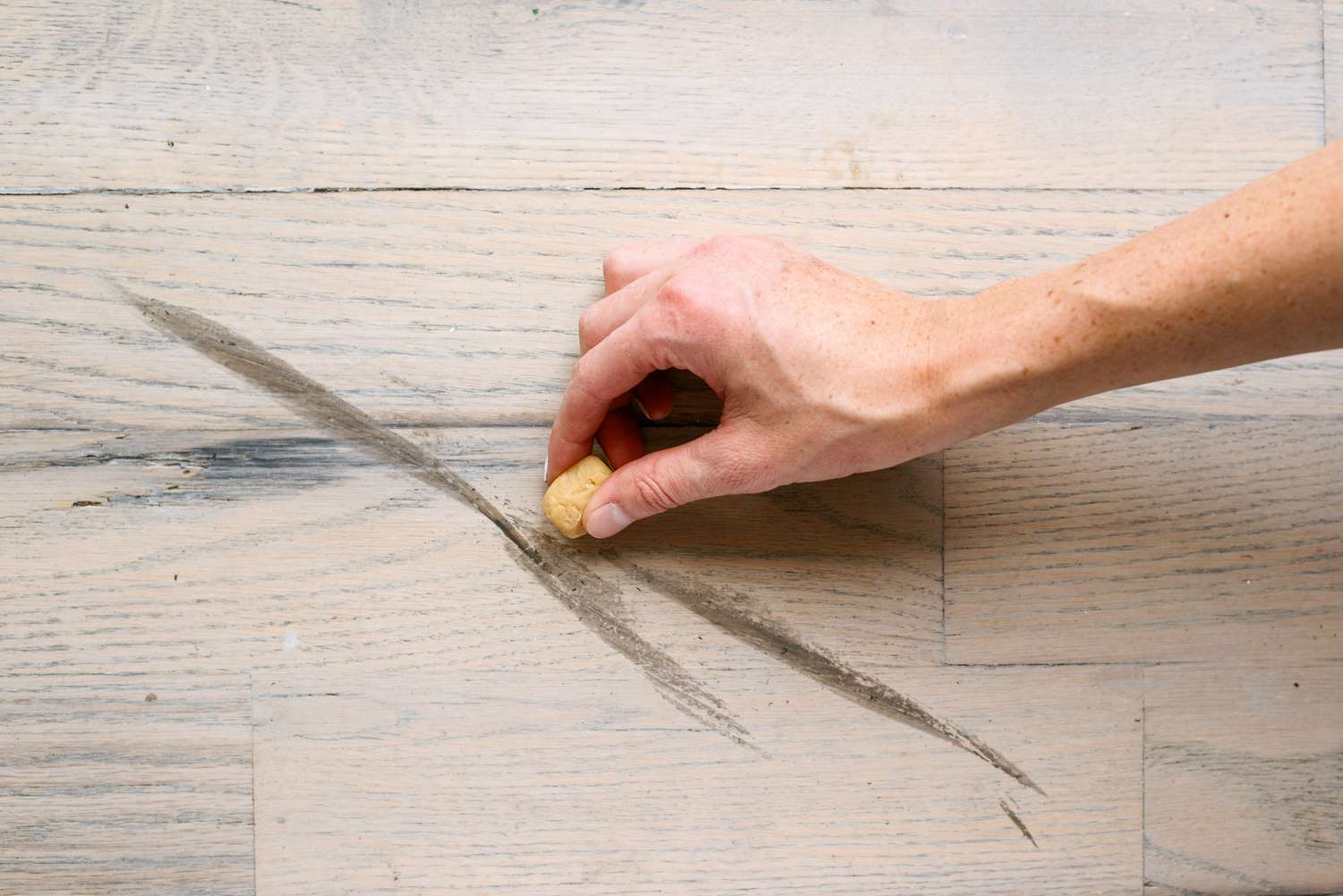
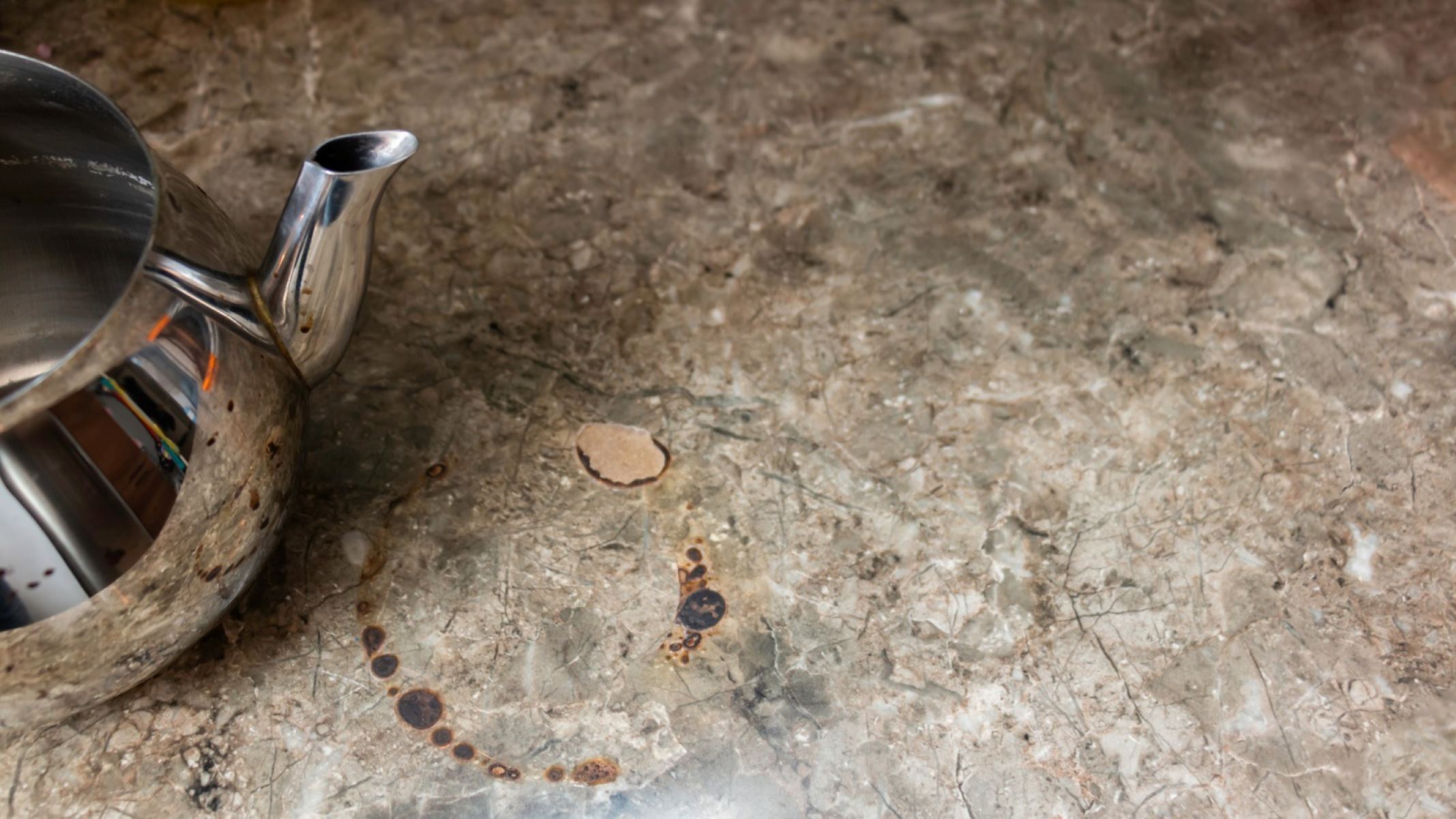

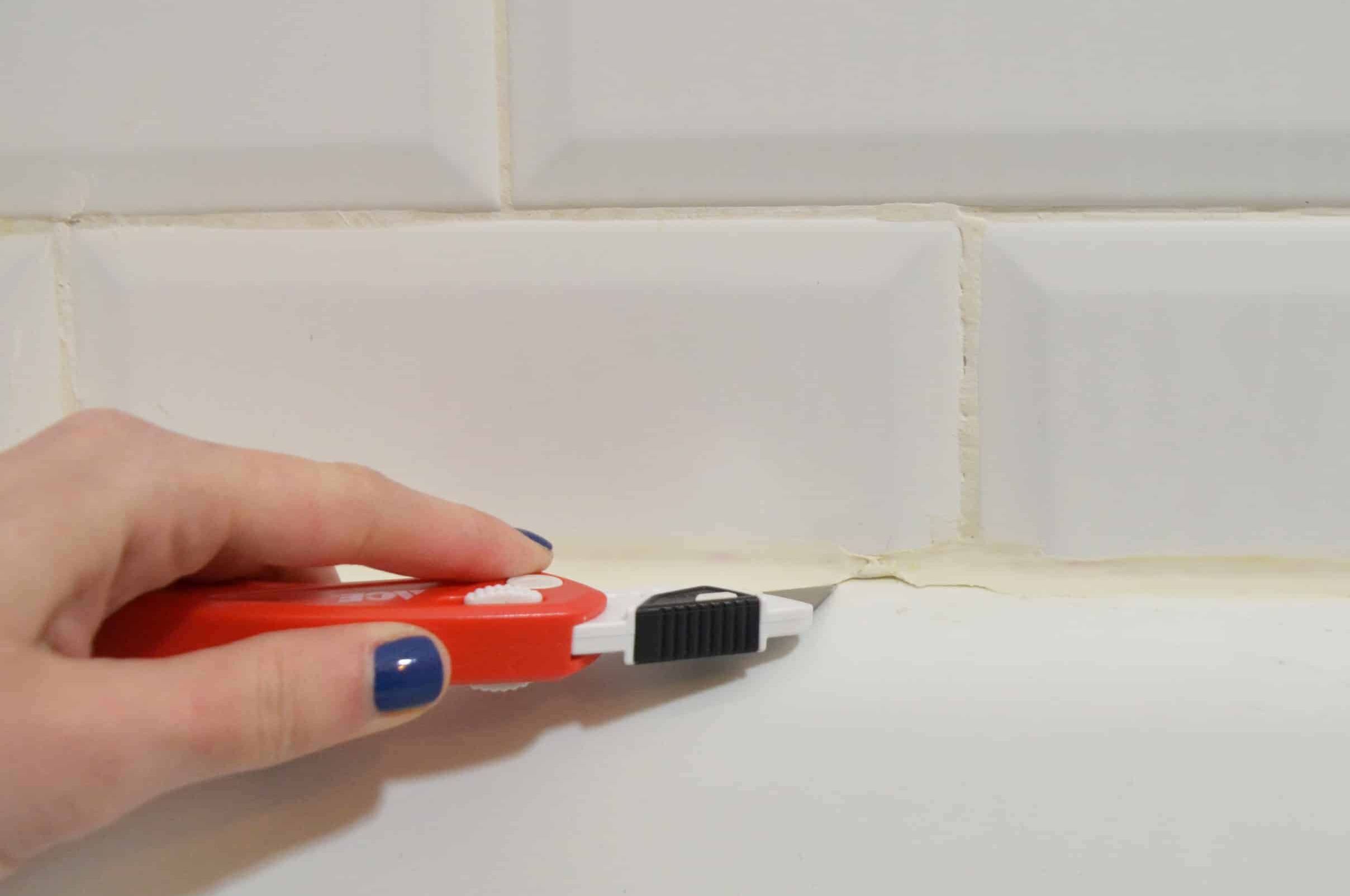
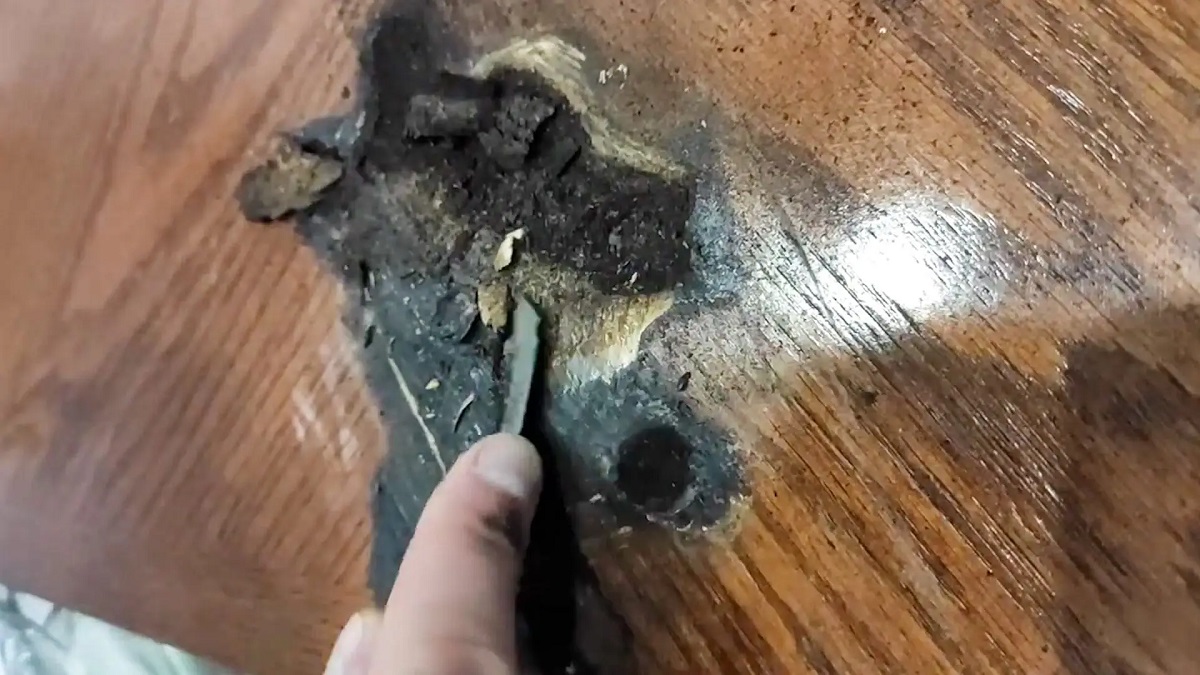

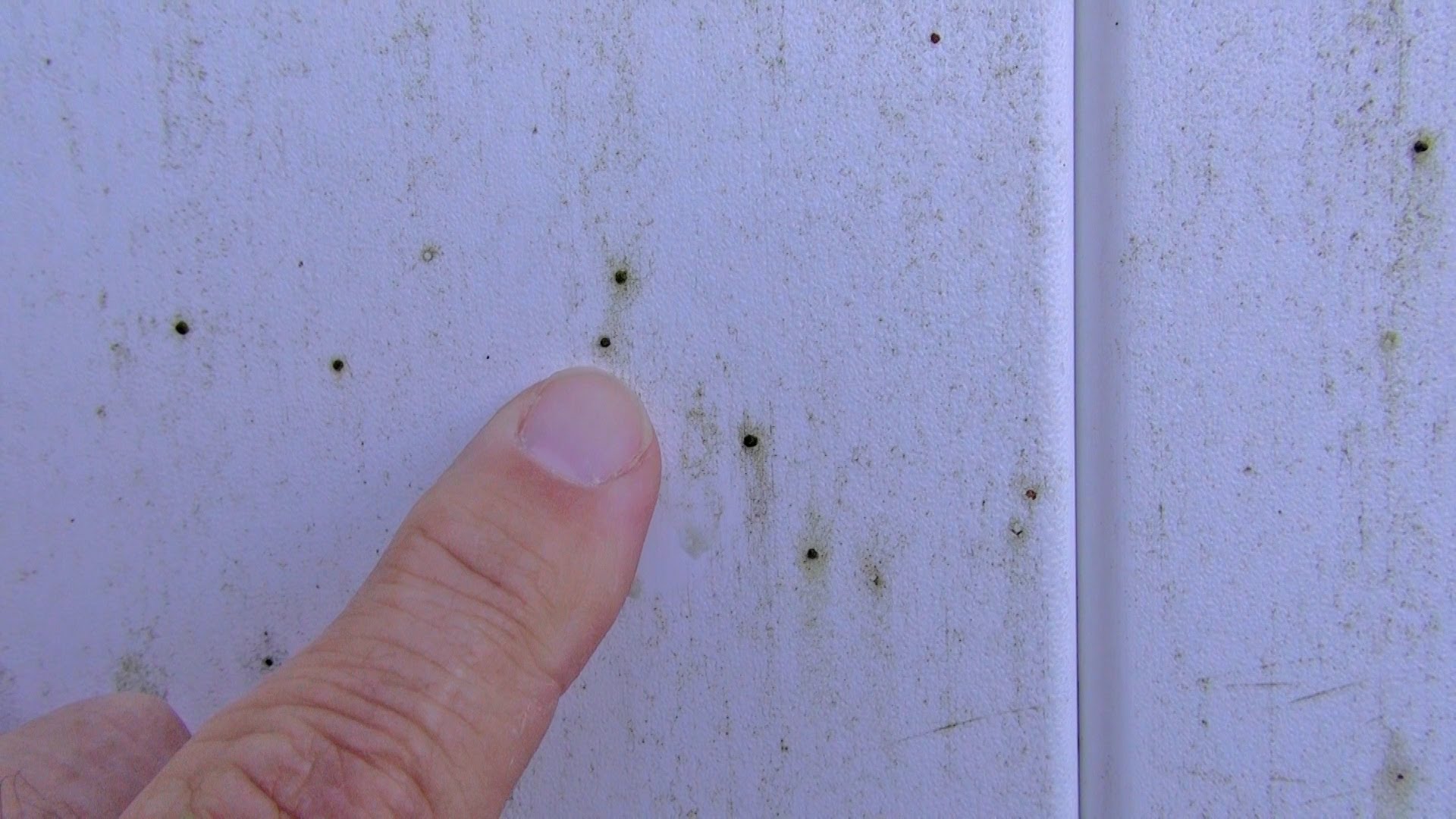
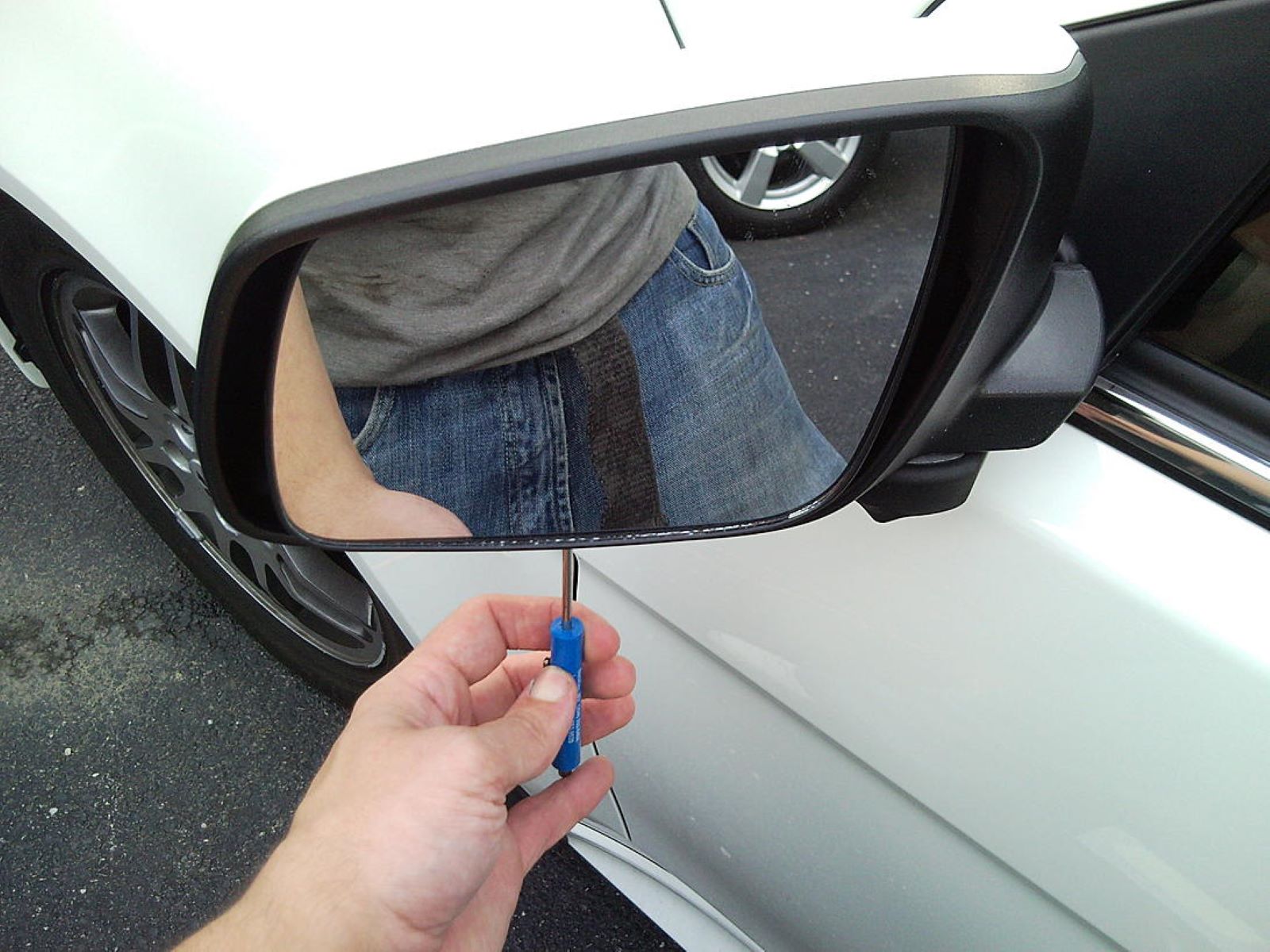
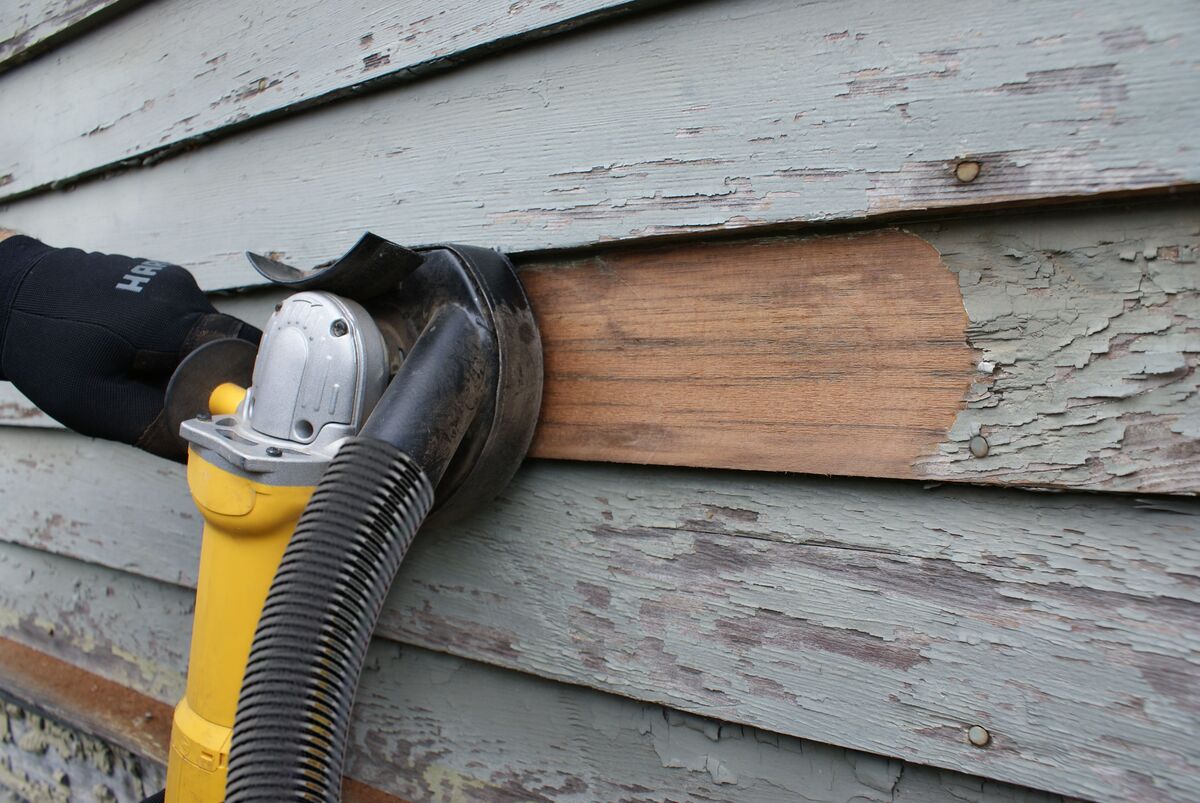
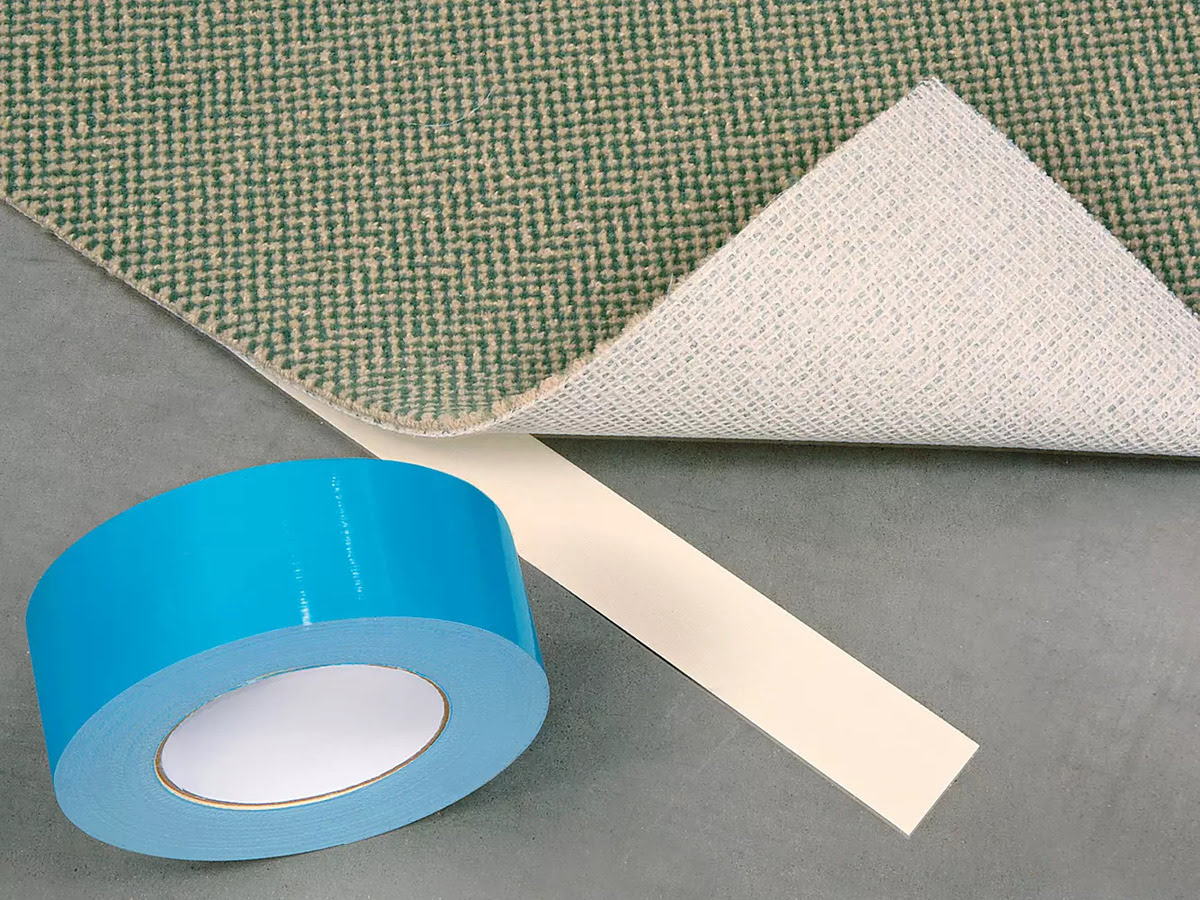
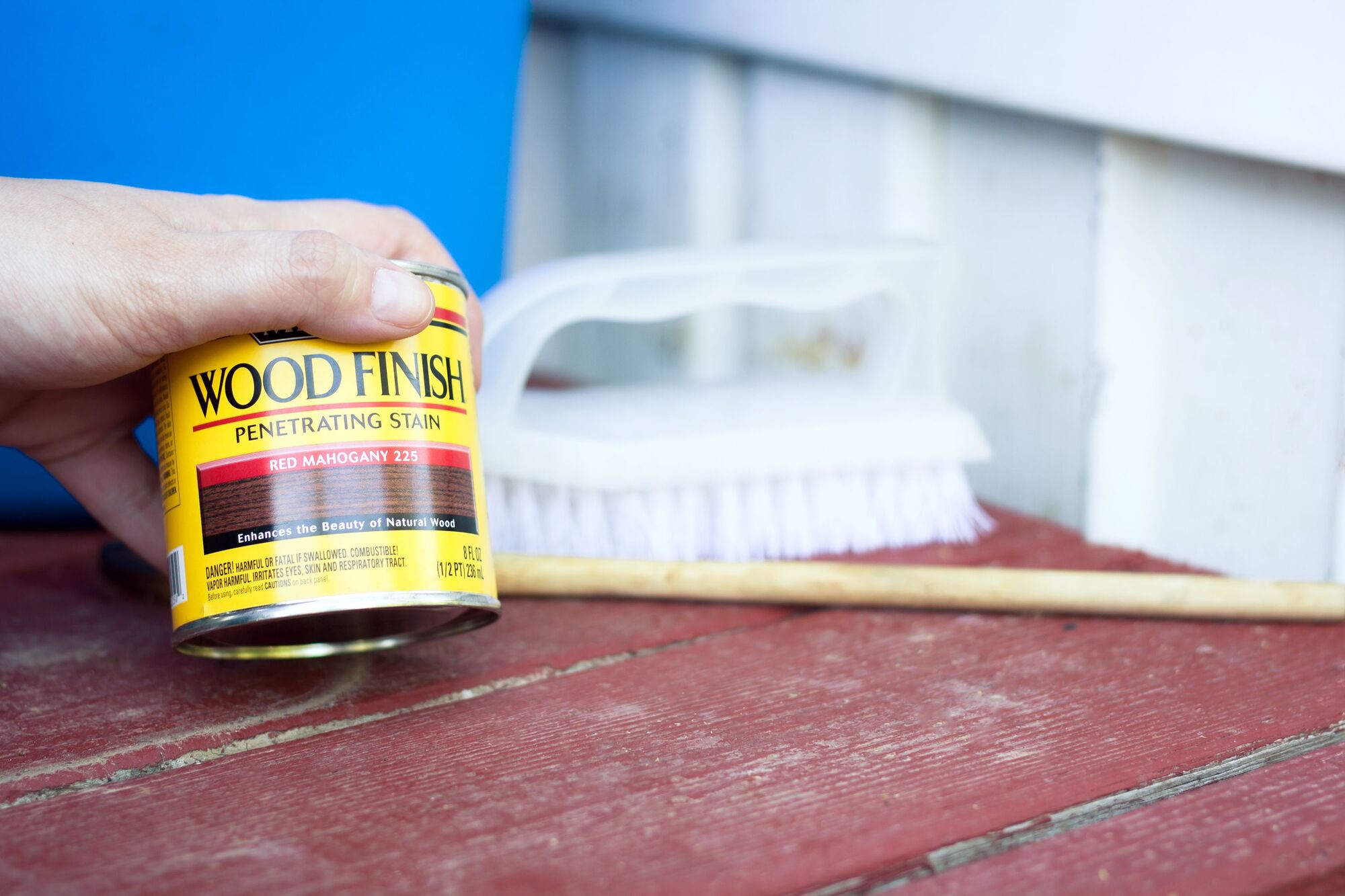
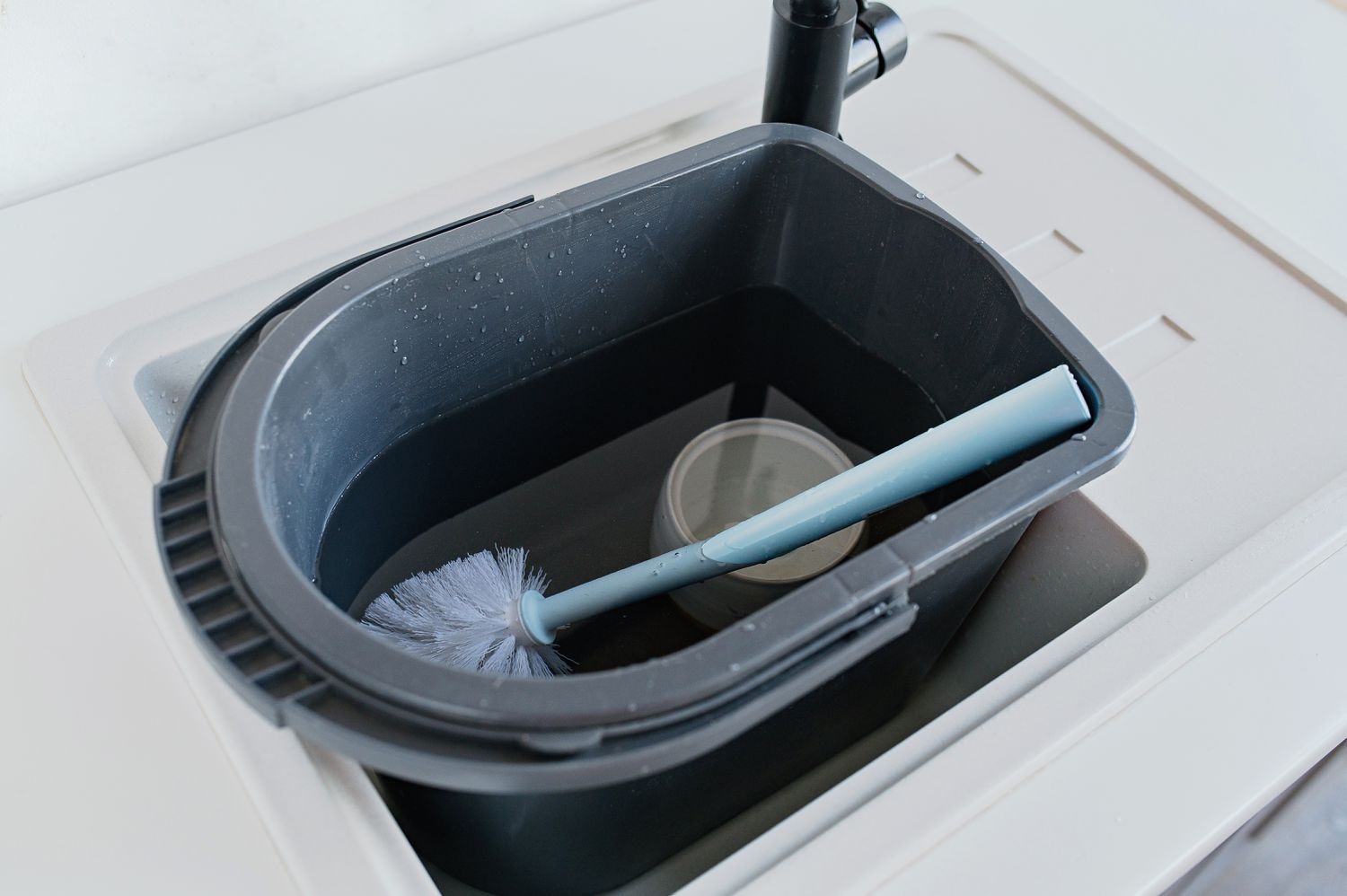
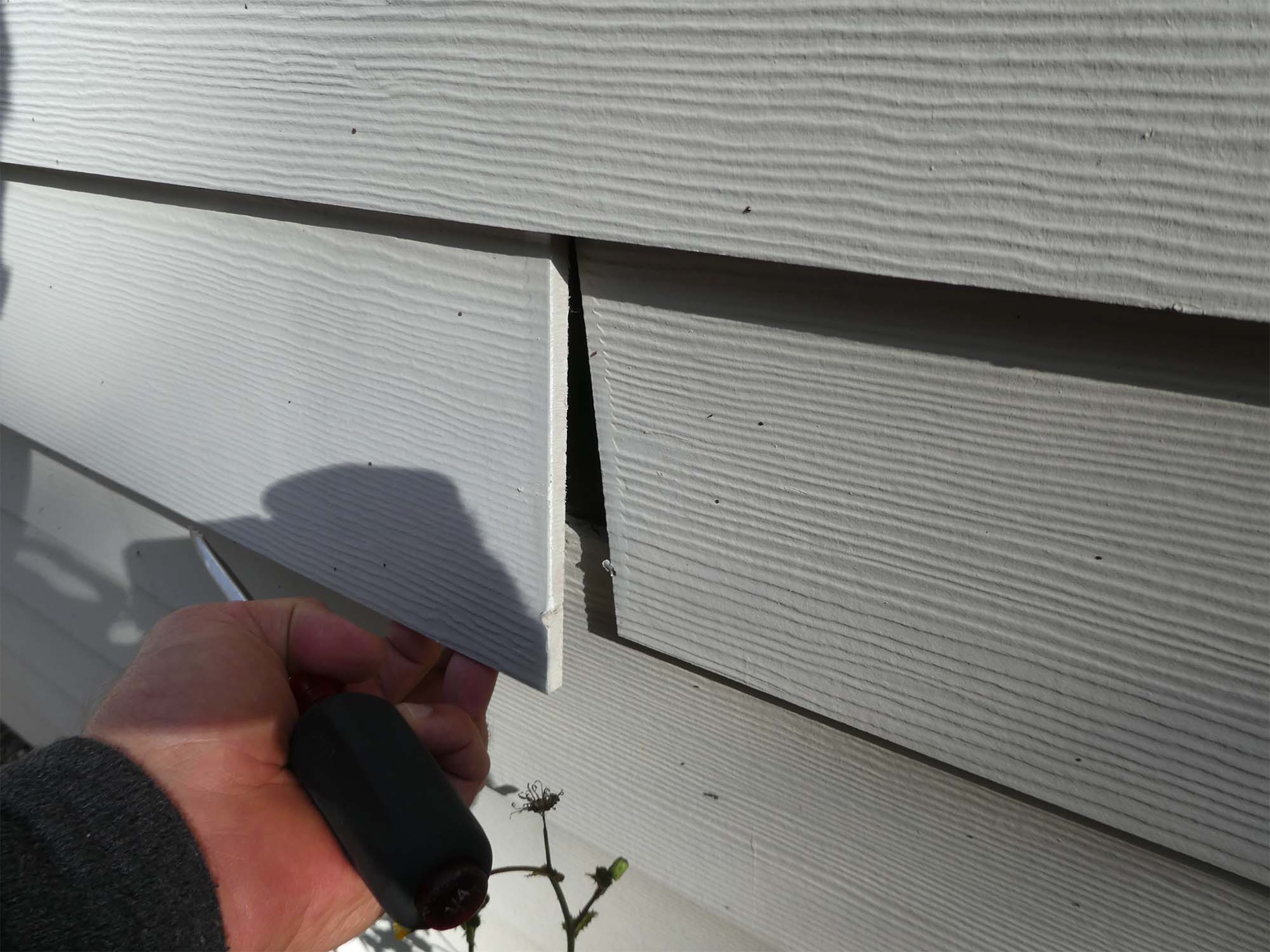
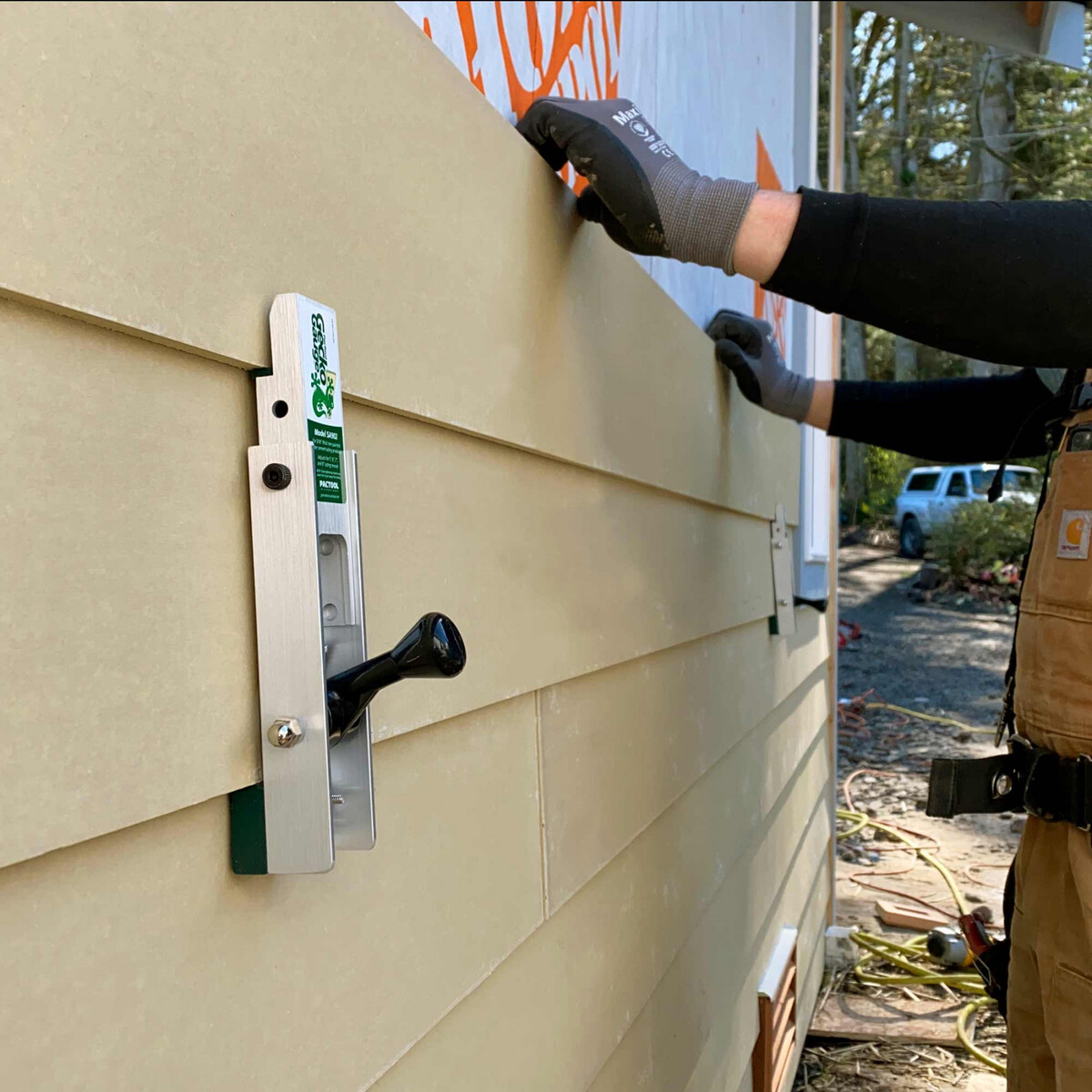

0 thoughts on “How To Remove Vine Marks From Siding”